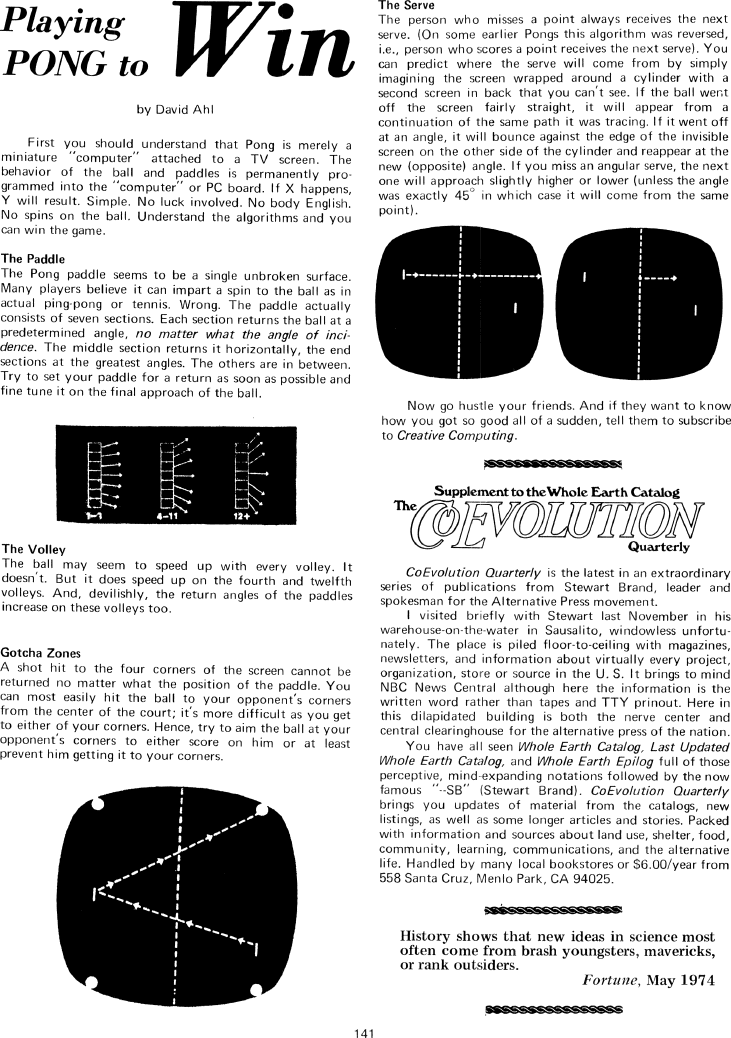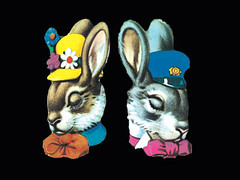Living Without The Internet
Adrian Shaughnessy from Design Observer
08.03.06 |
I’ve just done what tens of thousands of Brits do every summer: I’ve spent the past two weeks holidaying in rural France. This annual British invasion of our near neighbour is, ostensibly, a search for good weather, unspoilt countryside and sophisticated cuisine. In truth, we go because we’re in thrall to the escapist and somewhat reactionary notion that life in France — and specifically rural France — is more civilised than life in our over-crowded, crime-ravaged little island. But as I sat in my isolated retreat, with the scent of lavender drifting in through the open windows, something was gnawing at me.
For the first time in three or four years, I was living without the internet, and it was unnerving to discover the degree to which I’d become net dependent.
I’d packed my laptop, but because it wasn’t plugged into the giant pulsating brain of the world wide web, it felt dead — a portal to nothing. Emails didn’t ping up. I wasn’t able to log onto the half dozen websites I visit daily (sometimes hourly). I wasn’t able to chase down facts, wasn’t able to idly waste time drifting in and out of the more arcane corners of the net. I felt disconnected: my life-support system had been turned off.
When television replaced print (the medium of individualism) to become the great mass medium of the 20th century, McLuhan’s vision of the global village looked as if it had become a permanent reality. Yet compared to the internet, television is a poor creator of communities. The notion of "water cooler television" already seems remote: a folk memory. Television has become the medium of consumption, and despite the presence of countless micro-channels catering to micro-interests, television only wants one sort of viewers: consumers.
The consequence of this is that the TV audience is voting with its feet. A recent report in The Guardian noted that “in the US, primetime viewing of broadcast networks sunk to the lowest level in ratings history: 20.8 million on average.” Here in Britain, "the telly" is shrill with the sound of channels begging us to “phone in,” “send texts,” “press the red button,” “tell us what you think.” This faux interactivity is an increasingly desperate attempt to lure us away from the internet. It’s the death rattle of an empire that sees its supremacy slipping away.
The internet is different. It allows anyone with access to a computer and a telephone line to retain a sense of personal volition. And there are enough people with computers hooked up to the web for the internet to have become an alternative — a threat even — to conventional media. How else do we explain Murdoch’s purchase of MySpace? How else do we explain television’s nervous aping of the interactivity of the internet?
Of course, just like television, the internet has also been colonized by commercialism. Yet often with surprisingly beneficial results, as the new book The Long Tail: How Endless Choice is Creating Unlimited Demand by Chris Anderson shows. And anyway, we can easily bypass the commercial hucksterism of the net and glide effortlessly toward the two great shining jewels in the internet crown: unlimited information and a sense of “personal” community: put another way, toward communities of our own making.
When I’m deprived of the internet, I’m hampered in my professional life as a designer and occasional writer, and in my personal life as an info junkie. The internet has not lessened my fondness for books — hunting down information in print media in fact remains one of life’s great joys. But it’s quicker on the internet, and you’ve got more options. Sure, you have to be wary of dud information, and data is more likely to be inaccurate on the internet than it is in book form. But you learn to check and cross-reference. You learn to be wary. It’s all part of the fun.
The idea of the internet as a source of community, however, is less easy to evaluate. Deprived of my internet connection in France, I felt doubly disconnected. I could see that I was surrounded by a community — one that was surprisingly attractive, homogeneous and resilient. But I wasn’t part of it. I was courteously admitted to it when I ate in one of the local restaurants, or when I chatted with the stallholders at the local market, but that was about it. A more gregarious person than me might have joined in the lively bar culture that thrives in even the smallest villages. But with my poor French language skills I was content to remain an outsider — an admiring observer.
Back home in London I don’t feel any great sense of community, either. I barely know my neighbours (a feature common to metropolitan dwellers), and I only experience the tug of community in my work, where I feel a tribal bond with other designers.
The “community” that I find on the internet — and which I missed so keenly in France —– is the communality of shared enthusiasms for marginalised subjects. It might be a "community" of only a few dozen people clustered around subject matter incapable of maintaining a foothold in the world of bricks and mortar. I’m talking about sites, blogs and forums created by enthusiastic individuals and groups with little or no regard for the commercial potential of their activities. I’m talking about minority subjects that, without the internet, simply will not survive. These are the sorts of subjects and connections that, if I’m deprived of them for even a couple of weeks, make me feel twitchy and disconnected. Unplugging is no longer an option.
08.03.06





